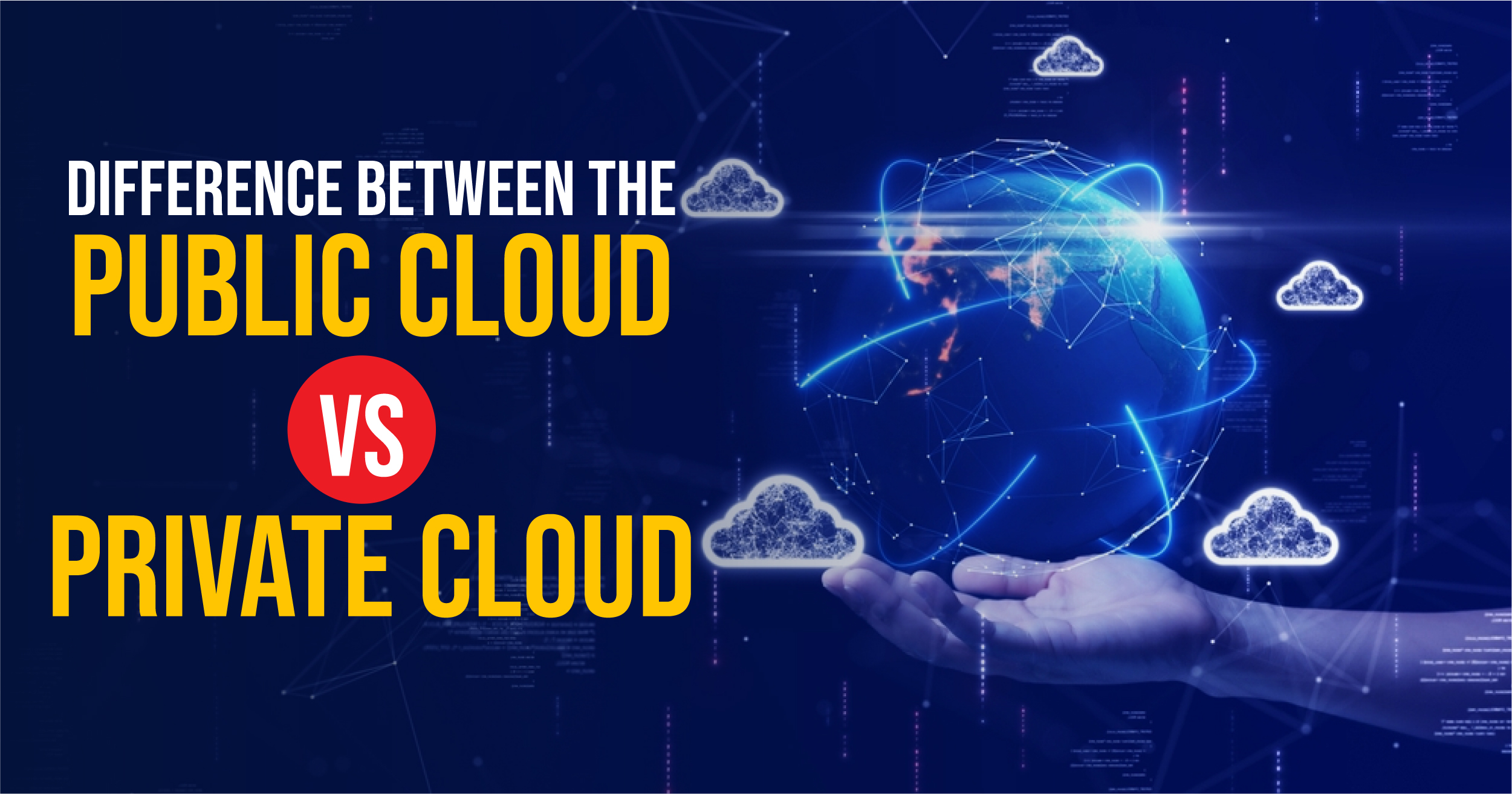
Public and private clouds are different kinds of cloud computing platforms. The key difference is that public clouds are shared by several organizations, while private clouds are dedicated to a particular enterprise.
What is a The Public Cloud?
The public cloud in a way provides a playing ground for working with computing resources found on vendors like Amazon Web Services (AWS) and Microsoft’s Azure. One of the most significant benefits of the public cloud is its ability to scale up and down and also meet business requirements easily. Customers easily modify their demand to a level they desire while handling physical infrastructure. It reminds me of utility bills: you only pay for what you consume.
It is a very many-sided product, and it has many different functions, such as processing, storing data, communication etc. Such services could be highly attractive to users who want to take it on a pay-as-you-go basis with lower initial prices and improved cost control. The shared environment of the public cloud is a key factor of such flexibility and scalability, but may also create problems how in ensuring the security of data. Its accessibility from everywhere with a web connection facilitates cooperation and creativity.
What is a Private Cloud?
A private cloud stands for the computing environment you trust. This trust can be an in-house development or an external service. It offers this out of its own computing resources with no involvement of the recipient’s resources. As with owning a home, you have the full liberty to enrich it with personalization and add security measures of your choice. This will help it stand out since businesses requiring strict compliance or that have confidential data can use this security option. One more benefit is not sharing resources with others, stable performance is achieved, no surprises.
On the other hand, setting up a private cloud system requires some capital expenditure and the development of operating skills, but on the positive side, it provides full control over data security and a high level of customization that is not possible with the use of dedicated resources, which can be only for one business. Moreover, the private cloud offers an option to tailor the IT system to precise tasks, ensuring fault-tolerable and secure data processing.
Difference Between Public Cloud and Private Cloud
Let’s get into the basic differences between private and public clouds.
| Basis of Difference | Private Cloud | Public Cloud |
| Cost | Private Clouds tend to cost more than Public Clouds for reserving/constructing the data center. | As public clouds use already-built data centers, they are typically less expensive than private clouds. |
| Ownership and Control | Private clouds are controlled and operated by the company that uses them. | Third-party providers control and handle public clouds. |
| Accessibility | Private clouds are dedicated specifically to one organization. | Public clouds are easily accessible over the web and can be shared by multiple users. |
| Scalability | Private clouds offer greater predictability performance but may be limited in scalability. | Public clouds provide flexible scalability, allowing customers to scale resources up and down as required. |
| Security and Compliance | Private clouds provide superior security and compliance choices, which makes them suitable for businesses with strong regulatory standards. | The shared architecture of public clouds may raise data privacy and security issues. |
| Performance | Public Performance is average. | High performance because of private networks. |
| CustomizationUse Cases | Highly Customization according to specific company requirements. Infrastructure and services are customized to meet specific needs.
It is perfect for corporations, highly confidential information, and applications with specific needs. |
There are limited customizing options. Standard services and installations.
Perfect for start-ups, small businesses, and enterprises with varying needs. |
Conclusion
In the discussion between public clouds and private clouds, both of them have several advantages. Public clouds shine at scalability and being cost-effective, specifically for demanding workloads. Meanwhile, private clouds boost control of access, customization and security, allowing them to store critical information and comply with regulations. Whether using one or another is chosen depends on factors like type of work, safety demands, and budget limitations. Organizations must ponder these aspects to make a conscious decision whether they use a public cloud for access or a private cloud for control. Implementing cloud computing in any format is the core of the online development of business in today’s world.

